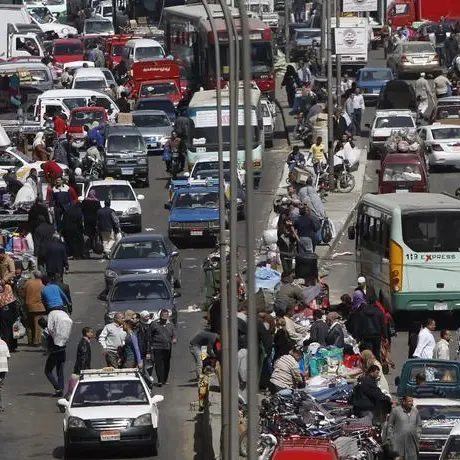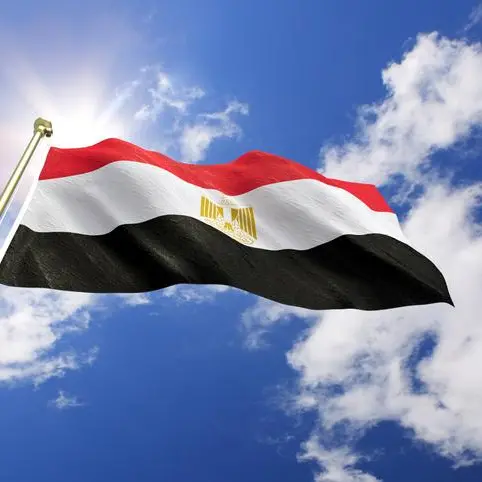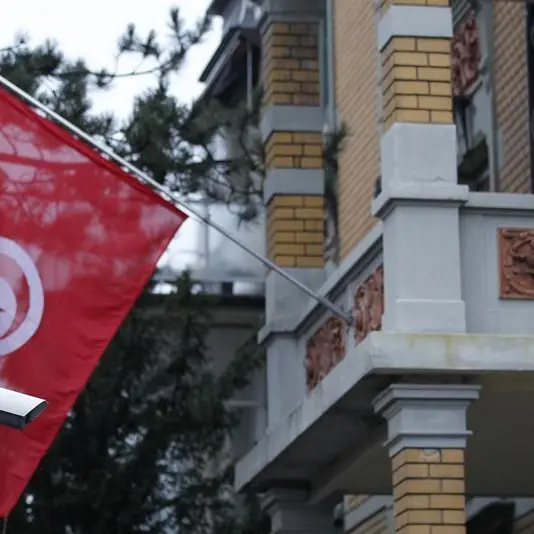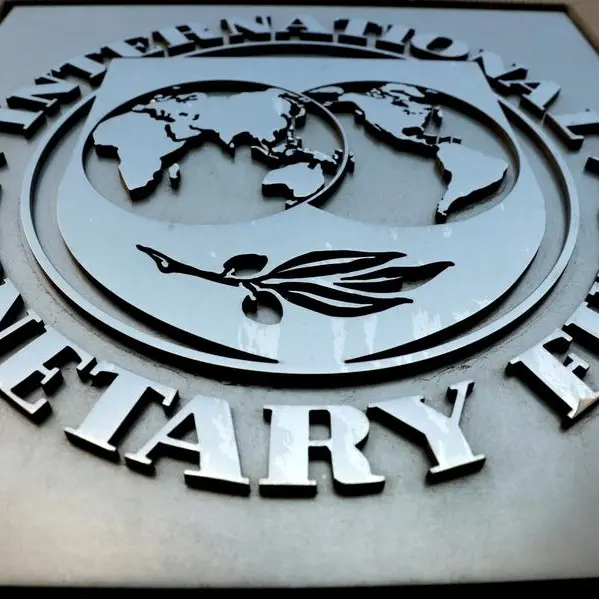PHOTO
23 August 2016
DOHA: Even as low oil price environment continues to have material, and in some cases profound, implications for economic growth and the balance sheet of GCC sovereigns, the recent fluctuations in the oil price are unlikely to have a major impact on GCC sovereigns' creditworthiness. Credit profiles will remain under stress despite prospects of somewhat higher oil prices in the near term than expected earlier this year, Moody's Investors Service said yesterday.
Moody's expects oil prices to remain low, moving within a $40-$60 per barrel range over the medium term. In June, Moody's raised its nearer term oil price estimates for Brent crude to $40 per barrel in 2016 and $45 in 2017.
Moody's noted that the GCC countries will face some near-term relief from higher oil prices, with narrower fiscal and current account deficits than it previously expected. In particular, Qatar, Kuwait, and Oman are set to be the main beneficiaries of higher oil prices in the short term, given the larger reliance on oil for government revenues. Moody's now forecasts a deficit of 3.0 percent of GDP for Kuwait, 5.5 percent for Qatar and 15.1 percent for Oman in 2016.
GCC sovereigns will continue to rely on debt issuance, drawdowns of fiscal reserves, or a combination of both to finance the fiscal deficits. This will results in a sustained deterioration of their net asset positions over the near term. "While we have revised upwards our near-term estimated prices for oil, our medium-term expectation of 'lower for longer' oil prices remains unchanged. We therefore expect GCC countries to continue to face economic, fiscal and external challenges," says Steffen Dyck, a Senior Credit Officer at Moody's.
Qatar, Kuwait and the UAE are the most strongly positioned GCC sovereigns in terms of both the size of their financial assets compared to government spending and low fiscal-breakeven oil prices, while Saudi Arabia, Oman and Bahrain have higher fiscal break-even oil price along with much lower financial assets on which to draw, which contributes to the ratings gap.
"We project fiscal gains of around 4-5 percent of GDP for Qatar and 3.5-4.5 percent of GDP for Oman, and smaller but sizeable gains of 1.5-3 percent of GDP for Saudi Arabia, the UAE and Bahrain over 2016-17.", the ratings agency said.
On the debt issuance, the report noted sovereign and non-sovereign bond and sukuk issuance in the GCC reached a record $33.8bn during the first half of 2016, compared to $22.6bn for the full year 2015. The sharp increase is driven by higher government issuances to finance large fiscal deficits in 2016. In 2015, GCC countries primarily drew on foreign exchange reserves and government deposits in the banking system to finance fiscal and current account deficits. However, Moody's sees the funding mix shift more towards debt issuances this year.
"Thus far in 2016, Qatar, Abu Dhabi, Oman and Bahrain have issued international bonds or sukuks tatalling$17.1bn. Other countries looking to issue in the second half of 2016 include Qatar, Kuwait and Saudi Arabia, the latter reportedly preparing a large issuance of up to $15bn divided into 10-year and 30-year tranches. Qatar raised a $5.5bn five-year syndicated loan in January.
DOHA: Even as low oil price environment continues to have material, and in some cases profound, implications for economic growth and the balance sheet of GCC sovereigns, the recent fluctuations in the oil price are unlikely to have a major impact on GCC sovereigns' creditworthiness. Credit profiles will remain under stress despite prospects of somewhat higher oil prices in the near term than expected earlier this year, Moody's Investors Service said yesterday.
Moody's expects oil prices to remain low, moving within a $40-$60 per barrel range over the medium term. In June, Moody's raised its nearer term oil price estimates for Brent crude to $40 per barrel in 2016 and $45 in 2017.
Moody's noted that the GCC countries will face some near-term relief from higher oil prices, with narrower fiscal and current account deficits than it previously expected. In particular, Qatar, Kuwait, and Oman are set to be the main beneficiaries of higher oil prices in the short term, given the larger reliance on oil for government revenues. Moody's now forecasts a deficit of 3.0 percent of GDP for Kuwait, 5.5 percent for Qatar and 15.1 percent for Oman in 2016.
GCC sovereigns will continue to rely on debt issuance, drawdowns of fiscal reserves, or a combination of both to finance the fiscal deficits. This will results in a sustained deterioration of their net asset positions over the near term. "While we have revised upwards our near-term estimated prices for oil, our medium-term expectation of 'lower for longer' oil prices remains unchanged. We therefore expect GCC countries to continue to face economic, fiscal and external challenges," says Steffen Dyck, a Senior Credit Officer at Moody's.
Qatar, Kuwait and the UAE are the most strongly positioned GCC sovereigns in terms of both the size of their financial assets compared to government spending and low fiscal-breakeven oil prices, while Saudi Arabia, Oman and Bahrain have higher fiscal break-even oil price along with much lower financial assets on which to draw, which contributes to the ratings gap.
"We project fiscal gains of around 4-5 percent of GDP for Qatar and 3.5-4.5 percent of GDP for Oman, and smaller but sizeable gains of 1.5-3 percent of GDP for Saudi Arabia, the UAE and Bahrain over 2016-17.", the ratings agency said.
On the debt issuance, the report noted sovereign and non-sovereign bond and sukuk issuance in the GCC reached a record $33.8bn during the first half of 2016, compared to $22.6bn for the full year 2015. The sharp increase is driven by higher government issuances to finance large fiscal deficits in 2016. In 2015, GCC countries primarily drew on foreign exchange reserves and government deposits in the banking system to finance fiscal and current account deficits. However, Moody's sees the funding mix shift more towards debt issuances this year.
"Thus far in 2016, Qatar, Abu Dhabi, Oman and Bahrain have issued international bonds or sukuks tatalling$17.1bn. Other countries looking to issue in the second half of 2016 include Qatar, Kuwait and Saudi Arabia, the latter reportedly preparing a large issuance of up to $15bn divided into 10-year and 30-year tranches. Qatar raised a $5.5bn five-year syndicated loan in January.
© The Peninsula 2016












